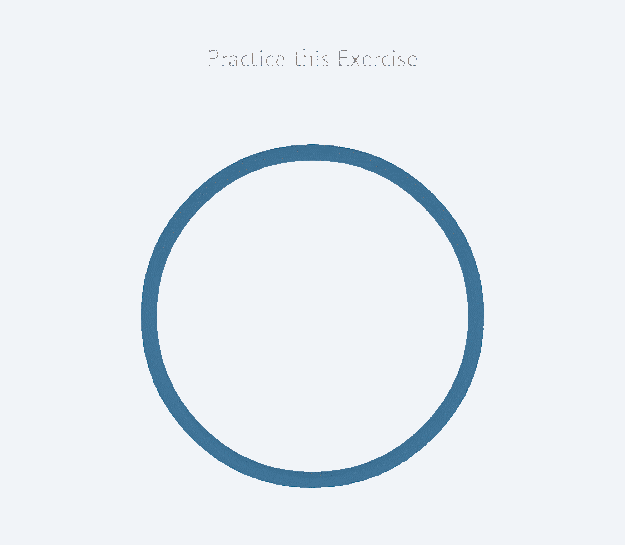Having a panic attack is one of those things that is hard to understand unless you’ve been through. I’ve been battling Panic Disorder for a couple of years, and one of the ways we can progress the mental health field is by educating others.
Who can get a panic attack?
Anybody. However, people who struggle with anxiety regularly are more likely to have a panic attack. Panic attacks tend to also be a nasty side effect of Post Traumatic Stress Disorder. It can happen to anyone regardless of age, gender, race, sexual orientation, class, you name it. Under some certain circumstances, there are those who experience them more often.
Now, let’s talk about the difference between an Anxiety Attack and a Panic Attack.
Anxiety attacks are less intense, but are often prolonged. These typically occur when you’re nervous about something in the near future, like a dentist appointment. Some symptoms may include muscle tension, difficulty sleeping, shortness of breath, anger outbursts. It comes in many forms. You may also recognize it as fight or flight. Anxiety attacks often occur over anticipating events that you may not be able to control.
A panic attack happens suddenly. It is intense, but it goes away faster than an anxiety attack. Some people may think they’re having a heart attack, or about to get sick. Panic attack seem more out of the blue. It suddenly feels like the room is getting hotter, or starting to spin. This can be a result of internalizing feelings, or after a flashback and/or trigger for those with PTSD.
So, the difference is huge! Scary, right?
How can you help someone having a panic attack?
For starters, here’s what NOT to do: Tell them it’s all in their head, or that they are being irrational. What they feel is REAL, and there is pathophysiology involved.
The first thing you want to do is check in with them. Ask them how school is going, or how their cat is. Now, here’s the important part, they may not want to talk. Talking may make their panic worse. If you are with them ask if they want a hug or hold their hand. Again, they may prefer to have some space. Everyone has their own preferences. So in that case, turn to the very best way to help them. To breathe slowly. Panic causes you to hyperventilate, and make you feel like you suddenly lost control of their body.
Make sure the person is somewhere safe.
It may help if they are alone and/or somewhere the person calls a sanctuary. It might also be helpful that the person is in a cool place, as a common symptom is sweating. Turn on a fan, or go outside for fresh air. It is important to remove the person from the environment, as that may be a factor for the panic attack in the first place. If the person was sitting or laying down, have them walk around. If they were standing or walking, have them sit or lay down. The key is to change what they are doing.
Now is time to get them to breathe. Start off with regular deep breathing, and then have them exhale longer than they inhale. If you are counting for them, count to 10 when they inhale, and 13 for when they exhale. I like to believe that this is how the negative energy leaves the body, which is able to calm the person down. When the person is starting to calm down, make sure they stay in that breathing technique.
When you think they can stay in the rhythm without you counting or guiding them. Tell them that is feeling is temporary, it will go away, and most importantly THEY ARE OKAY. Panic attacks often make people think they are going to die based on the physical symptoms, but by following these steps you’ll be able to convince them that it’s only a feeling and they will be okay.
Panic attacks can come back.
Put on a TV show or movie for them to be distracted by their thoughts, and let them know who to turn to if they experience a flare up. By letting them know who can help, can reduce their chances of experiencing another panic attack at that time.
Tip: If you are busy, and can’t help them later when they need you, send them a gif they can follow along to when they are breathing.
Here are some good ones to send them:
The more we learn about mental illnesses, and the best way to help, the stronger we’ll be in the future.
























